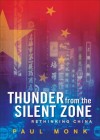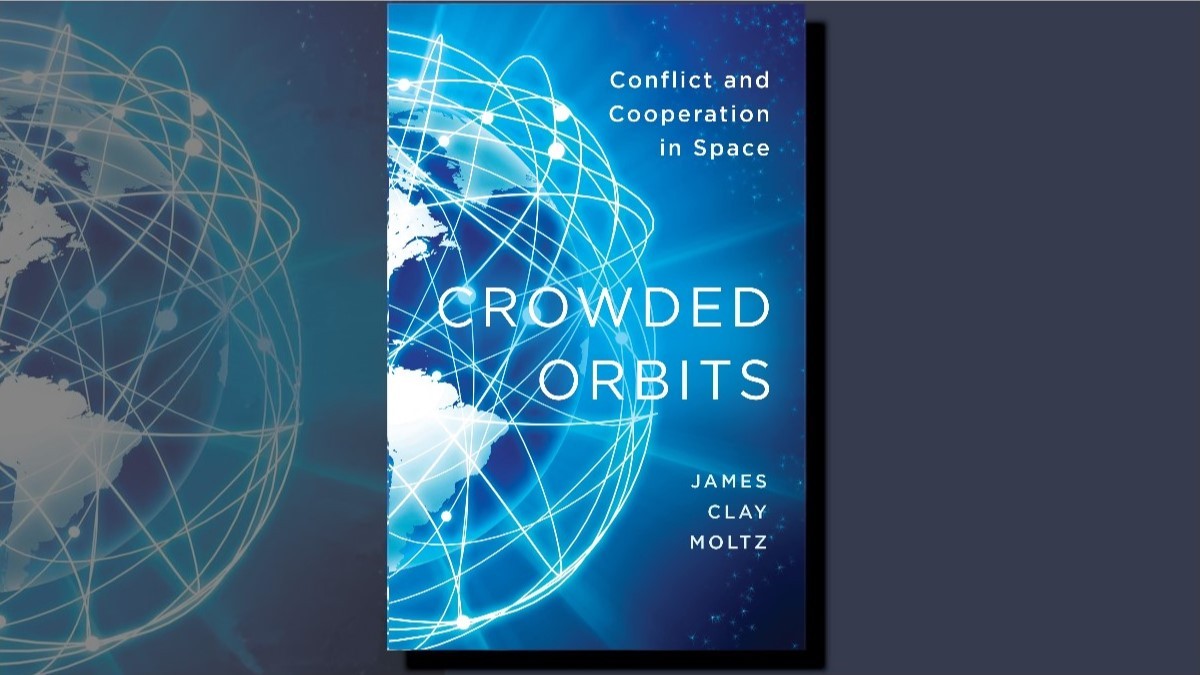Book Review - Thunder from the Silent Zone: Rethinking China
Thunder from the Silent Zone: Rethinking China
Written by: Paul Monk,
Scribe Publications, Melbourne, 2005,
ISBN: 9781920769376, 309 pp, notes, index.
Reviewed by: Anthony Robinson
Too often strategic analysts and the business community focus on the ‘inevitable’ rise of China as an economic superpower, casting away any sensible analysis of a very complex nation with a rich and varied history. Simply by extrapolating linear trends it is possible to come up with a number of outcomes, most of which bear little resemblance to reality. In a new work Paul Monk avoids a number of pitfalls associated with current Chinese scholarship as well as the increasing tendency to make assumptions based on current statistics and trends.
Thunder from the Silent Zone is a first-rate treatise on both China’s and the Chinese people’s struggle to gain a voice in their own destiny. It is a thoughtprovoking and analytical work by one of Australia’s foremost essayists. The book challenges many of the received and fixed ideas which rule how many see, and subsequently deal with, both China and Taiwan. The ideas mooted by Paul Monk could have profound implications for Australian relations with both China and Taiwan and this is a book that should be read by all those with an interest in Australian foreign policy and international relations.
The intriguing title, Thunder from the Silent Zone, has its origins in a poem by one of China’s most famous and independently minded modern writers, Lu Xun (1881–1936). The phrase became a popular and striking piece of graffiti after the infamous Tiananmen Square massacre in 1989. It literally means ‘explosive anger within a repressed society’.
Paul Monk prefaces the book with a short and interesting history of his career in the Australian intelligence community. This history is liberally sprinkled with anecdotes regarding the author’s dealings with several Australian intelligence agencies.
Monk sets the tone of the book by dedicating it to ‘... the tens of millions of victims of communism in China: those executed, tortured, starved to death, set to forced labour, imprisoned, abused, and deprived of the most elementary human rights, all in the name of revolution.’ In his introduction, Monk continues this theme, stating that ‘the basic reality from which any reasoned assessment of the Communist Party’s dictatorship in China must proceed is that its history is heaped with the corpses of tens of millions of China’s people.’ He uses these and other points to challenge the very right of China’s ruling regime to legitimacy, based on its past and present history.
The book challenges, amongst other ideas, the prevailing view that China’s large population and spectacular economic growth over the past decade will continue and ultimately result in its contesting US supremacy in the region. Paul Monk quotes many influential leaders, including several Australian prime minsters such as Bob Hawke and Malcolm Fraser, who subscribe to this view of an ever-growing and increasingly successful China. He then systematically, and with analytical rigour, debunks this premise, stating that it is based on little more than linear extrapolations that ‘... assume benign outcomes across a large number of variables crucial to China’s possible futures, without critically examining any of them.’
The author goes further, stating that ‘... demographic, social and environmental problems of an increasingly grave nature ...’ are signs and symptoms of a corrupt and despotic regime. These signs and increasingly obvious symptoms are often not comprehensively reported by mainstream Australian media.
Signs are emerging that support the author’s thesis that China’s so-called ‘peaceful rise’ is not an inevitable fact. A recent article in the Australian Financial Review by Desmond Lachman, Resident Fellow with US think-tank The American Enterprise Institute, stated: ‘this myth overlooks China’s fundamental political weaknesses. It also turns a blind eye to China’s economic feet of clay ...’1 The article goes on, almost paraphrasing Paul Monk, ‘Impressive as China’s past economic performance has been, it would seem to be a mistake to simply extrapolate the performance indefinitely into the future, as many in the media ... seem to be doing.’
Paul Monk’s book has more to offer than an exposé of the many flaws of the Chinese Communist Party. The book also documents the past failings of the rulers of Taiwan. While Monk outlines the history of human rights abuses by the Kuomintang (Nationalist Party), he correctly makes the point that Taiwan now has a democratically elected government with a thriving opposition and free press, and perhaps more importantly, acknowledges its past faults.
This book also offers the thoughtful reader a history of Chinese human rights abuses. In addition, Paul Monk convincingly argues that the solution to the Taiwan Strait dilemma lies in China’s offer of de jure independence to Taiwan. The author makes the point that this would be of tremendous benefit to China, albeit not to the benefit of the ruling Communist Party. He offers Beijing a way out of the conundrum, asking the regime to make a paradigm shift in its thinking and declare that it no longer has an issue with Taiwanese independence and that the winner of this battle is ‘Chinese civilisation’, rather than any particular ideology. The ‘one China’ philosophy could then be understood as a broad Chinese Commonwealth, with Taiwan welcomed back as a little brother and off-shoot state, rather than being obliged to bow to Beijing’s sovereignty. The arguments supporting this thesis are well thought out and argued.
Paul Monk rounds his coverage with a chapter on Chinese films and poetry, lightening the potentially intense mood of the book. This is an excellent and informative read. It is fully referenced and has an extensive index.
Endnotes
1 ‘Don’t Overestimate the Dragon’s Power’, Australian Financial Review, opinion pages, 4 January, 2006.



